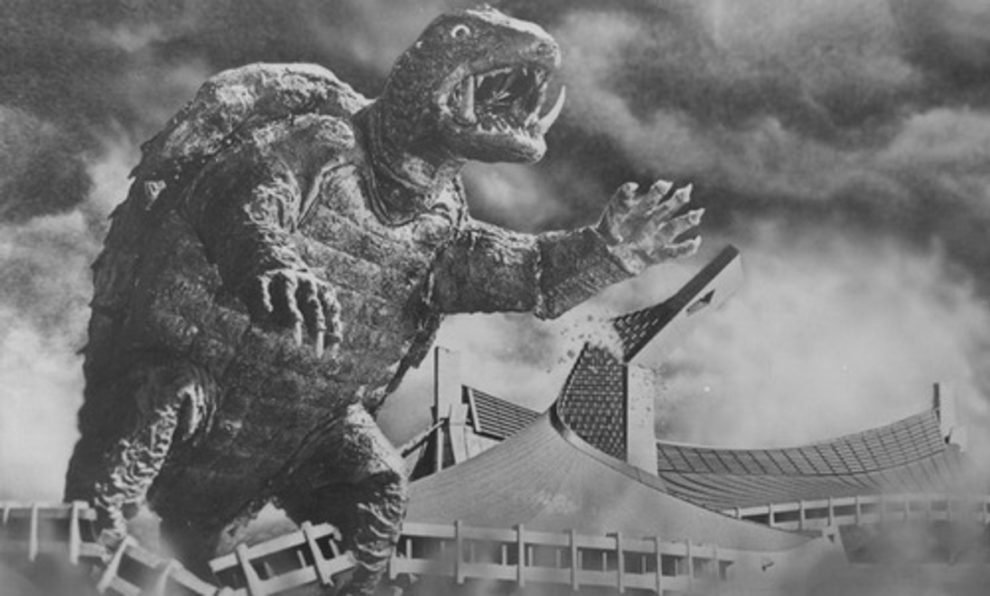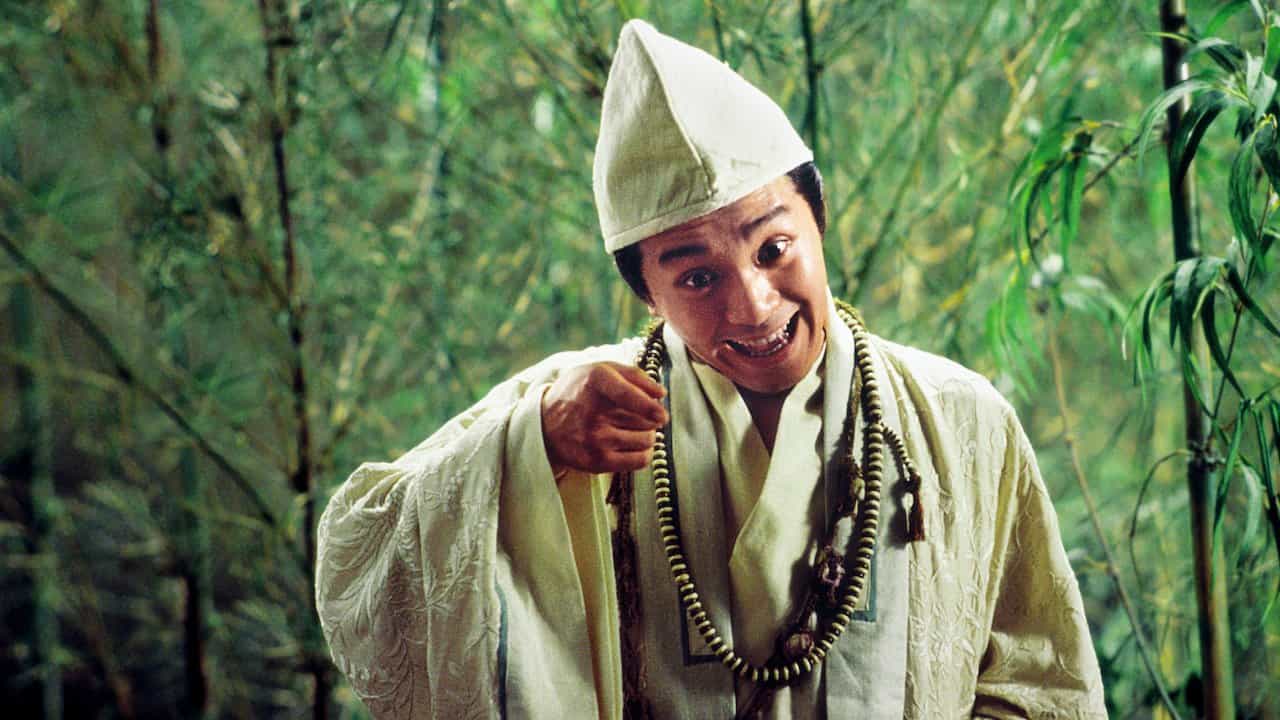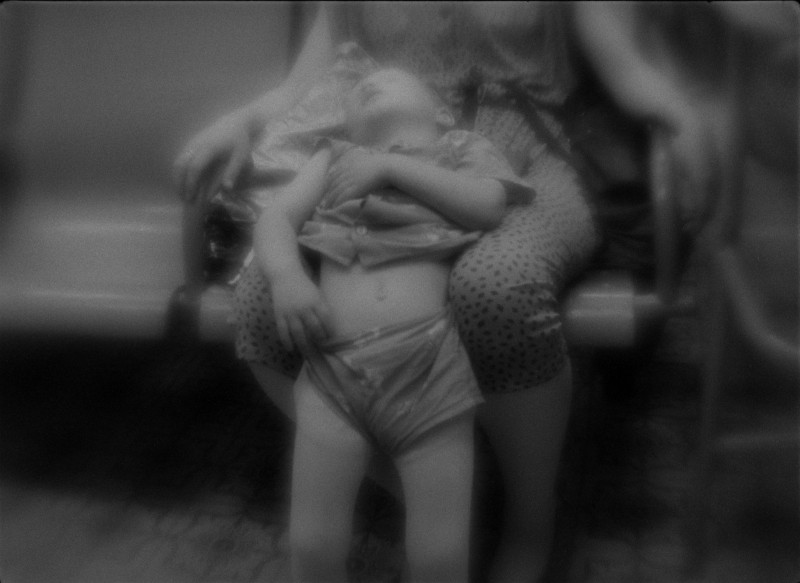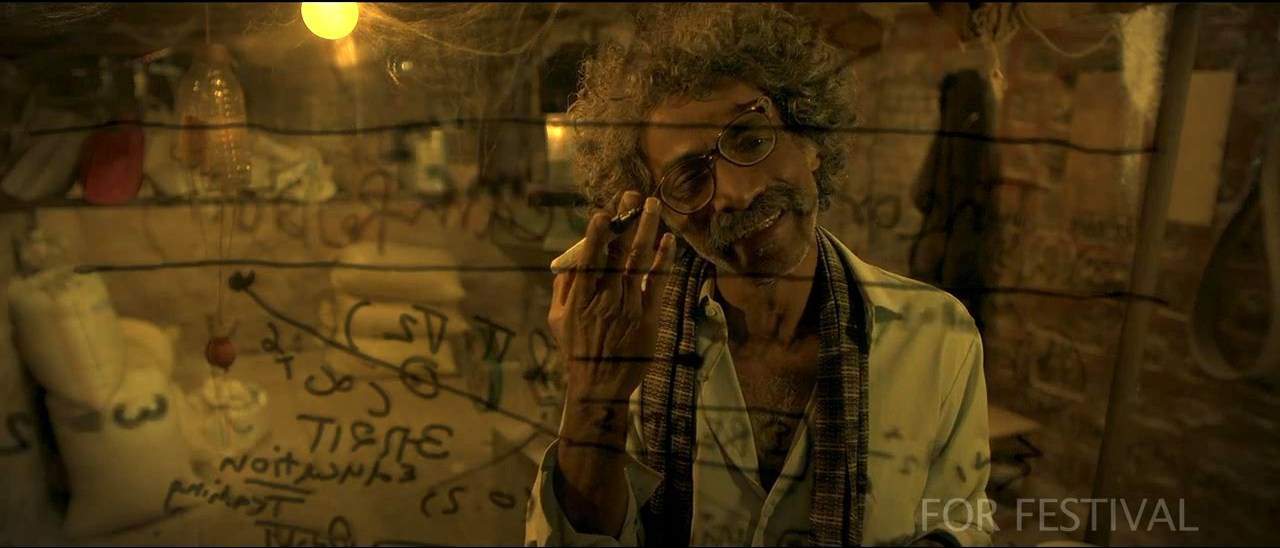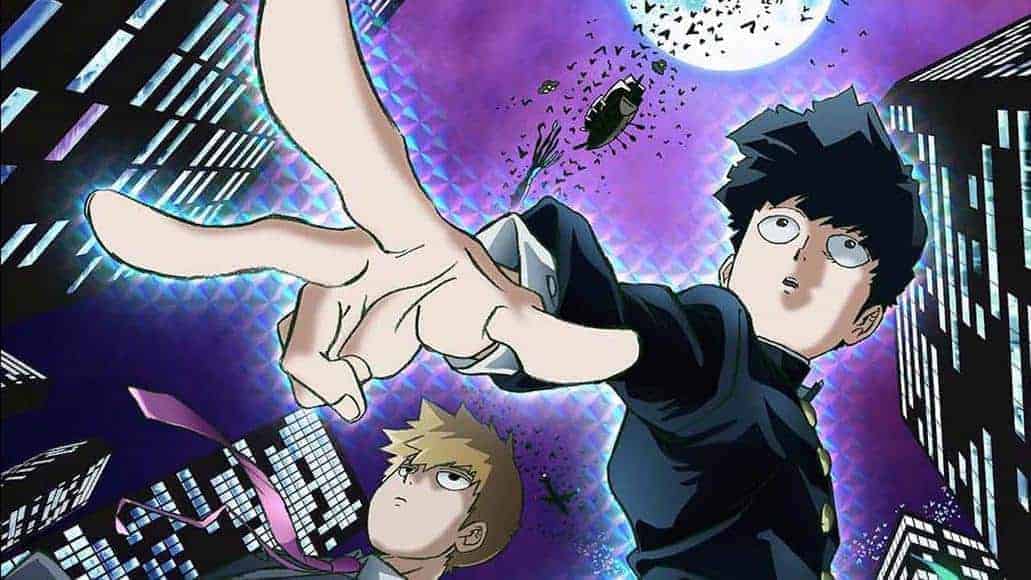Due to the huge commercial success of the Godzilla-films, produced by rival production company Toho, Daei Film wanted to create their own monster franchise. Director Noriaki Yuasa, who was originally set to direct a film involving killer rats, whose production was on halt, went on to helm the first Gamera-movie: “Gamera, the Giant Monster”. Over the years, the giant, pre-historic turtle, much like Godzilla, became cultural icon, featured in 12 films as well as comic books, manga and video games. With the upcoming release of all Daei's entries by Arrow Video, we may take a look back at the first story involving the giant monster, a story about a vision of a world where a common cause was seen as something which would unite enemies and science could deliver that vision of harmony.
Buy This Title
The story begins in the Arctic when the crash of an unknown aircraft causes a nuclear blast, thus awakening a prehistoric monster, which was hidden under the ice, from its sleep. A team of scientists led by Dr Hidaka (Eiji Funakoshi) witnesses the whole incident during their visit of an Inuit camp. According to an ancient stone, which their chief gives to Hidaka, the monster's name is Gamera, a giant turtle that roamed the Earth millions of years ago. The monster makes its way through the ice, destroying some American jets which tried to attack and manages to escape into the sea.
While the news about a giant creature is spread across the globe, Gamera finally re-emerges on the coast of Tokyo, causing havoc in a research facility and a nuclear plant. Since bombs and gunfire do nothing to stop the creature, an international commission of scientists, led by Hidaka, comes up with a plan to destroy Gamera once and for all.
Whereas Godzilla can be regarded as a metaphor for the fear of nuclear power, the idea behind Gamera goes in a different direction. Even though the inspiration for some scenes and features of Yuasa's film are quite obvious references to the monster from Toho Studios, the emergence of the giant turtle coincides with a vision of unity. Considering the time in which the film was made, with the Cold War still on the verge of becoming quite “hot”, the image of American and Soviet representatives shaking hands and working towards a common cause was quite unusual. Consequently, Niisan Takahashi's script depicts representatives of science, especially Eiji Funakoshi's character as positive, even as role models for children, considering the ending.
Apart from its thematic features, “Gamera, the Giant Monster” is also an example of economic and highly effective filmmaking. While some effects may not have aged very well, many elements, especially in the finale are still quite brilliant with the dark of the night presumably hiding quite a lot. Masaichi Nagata's creature design is also quite interesting with the idea of the giant turtle, despite its vicious teeth, supports the notion of Gamera being a creature in search for food and not necessarily out for destruction, as Toshio (Yoshiro Uchida) maintains throughout the whole film.
In conclusion, Noriaki Yuasa's “Gamera, the Giant Monster” is an enjoyable kaiju-film, which, even after so many years have passed since its release, is still able to entertain viewers. Its positive message regarding peace and unity as well as its creature design are certainly positive features in this first entry of what would become a very profitable franchise.


